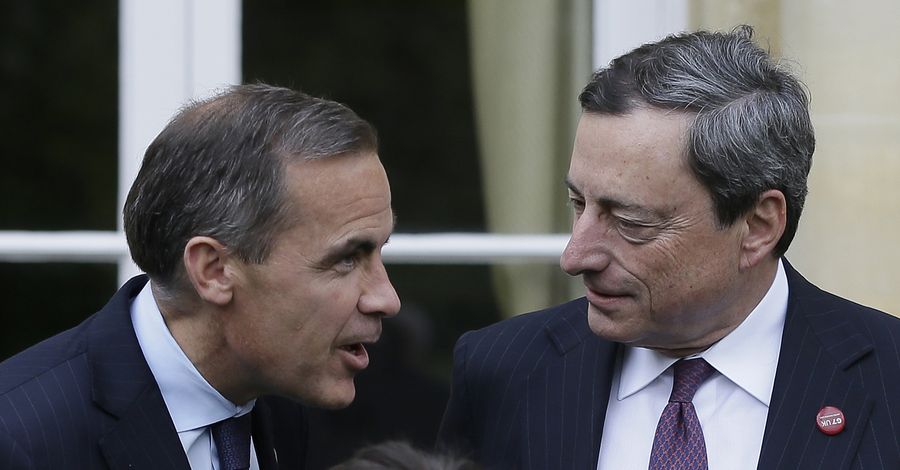Fed and MPC set to pull back on extraordinary measures, while the ECB is ready for more.
To see the full digital edition of this report, please click here.
To purchase printed copies or a PDF of this report, please email gloria.balbastro@thomsonreuters.com
US
Unless you were on another planet, you know the US Federal Reserve announced in December it would begin pulling back on its US$85bn per month stimulus, cutting purchases of both Treasuries and mortgage-backed securities by US$5bn each, starting this month.
At the time, most commentators believed the taper would be a fairly linear affair, leading to the demise of the QE programme by year-end – and, in turn, rate hikes in 2015.
That was, of course, until the BLS employment report on January 10. The shocking headline print of 74k – which was admittedly affected by the fact that 273k people were not at work due to inclement weather – probably means the Fed will have to be fluid about its tapering plans over the next few months.
As most Fed members have been at pains to suggest since the idea of tapering was first mooted last May, the size and pace of the wind-down will depend on the data – which means the non-farm headline print is a lesson for those who thought the US recovery was on a smooth path.
Unemployment dropped to 6.7% – a hair’s breadth from the 6.5% threshold given by the Fed’s forward guidance. That should have been good news, but the move lower was almost entirely down to a large drop in the participation rate. Now the Fed will almost certainly be forced to tweak that forward guidance over the coming months.
Net/net, then, we can expect that the path to tapering will be an uneven one, with rates staying lower for longer while the data remains uneven.
Europe
Since the governing council of the European Central Bank decided to cut rates by 25bp to 0.25% at its November meeting, we’ve known the main focus in Europe is on the slowing pace of inflation.
The area-wide CPI flash print of 0.8% on January 7 did little to assuage the market’s worries. So what are we likely to see from Mario Draghi and co this year?
If inflation continues to remain stubbornly low, the most likely scenario is that the ECB will take the deposit rate into negative territory for the first time. That would set a precedent with unknown consequences, but such a move should at least deter banks from keeping cash on deposit at the ECB – and that could free up cashflow within the system.
Liquidity concerns will be a major theme ahead as banks continue to pay back LTRO 1 and 2 loans on a weekly basis. Should that threaten to clog up the money markets (and we saw a bit of that in December), the most likely scenario is that the ECB decides to do another LTRO in the first quarter – and probably for a longer maturity than the three-year loans seen in late 2011/early 2012.
UK
The UK economy rebounded into rude good health in 2013. Improvements in PMI data in the manufacturing, service and construction industries in the UK far exceed that in the US or mainland Europe. Economists believe growth could accelerate to 4% by the middle of 2014 before easing back.
The big question this year, therefore, is whether the the Monetary Policy Committee of the Bank of England will hike rates in the face of that recovery.
When Governor Mark Carney decided to issue forward guidance shortly after taking the reins last summer, the threshold for rate hikes was 7% UK unemployment. With the November number (released January on 22) likely to print at 7.2%, that is on the horizon sooner than had been expected.
One suspects that the rapidity with which unemployment fell over the last quarter of 2013 will be enough for the bank to revise its forward guidance on the matter, possibly as soon as the Quarterly Inflation Report on February 12.
Whether or not the market takes any notice is another matter. Short sterling markets have steadfastly refused to believe the governor’s insistence that rates will stay lower for longer; indeed they are currently pricing in the first hike in the fourth quarter this year.
The other major topic this year is likely to be the housing bubble in the UK, where house prices have surged of late. In order to temper over-enthusiasm, the government will likely rein in the first-time buyers programme, while the BoE may also decide that it is time to put an end to the Funding for Lending scheme.
Adam Parry
